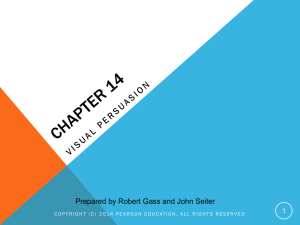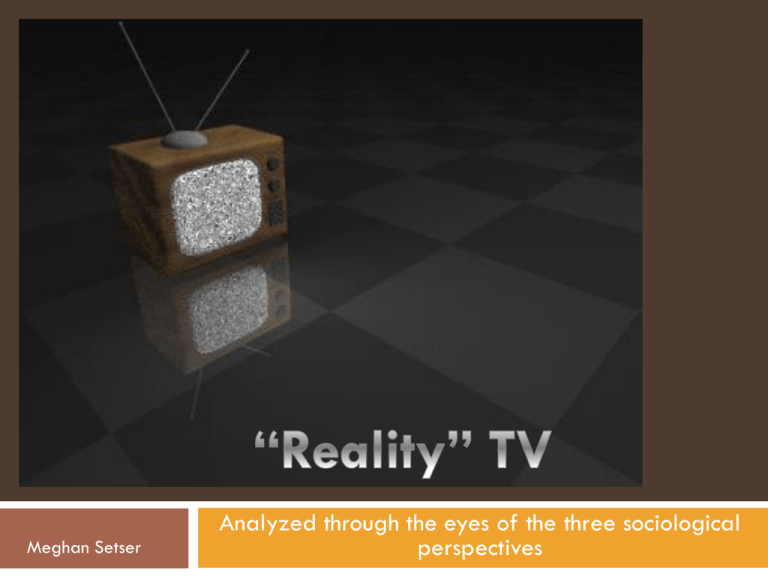
Meghan Setser
Analyzed through the eyes of the three sociological
perspectives
I chose to do my topic on “reality” TV. This I feel is an
interesting topic because of the large role and
growing affect it has in our society today. The ways
in which we view television personalities and how
we in some ways choose to model our lives after
them is really astonishing, and I wanted to further
explore these affects.
Social Conflict
Views society as a
battle for power
and resources
Symbolic Interaction
The symbols we share with
one another shape our
interactions
Structural Functional
Views society as a machine
with all of its parts working
together
What is the Ultimate Goal?
•The ultimate goal for the contestant is to achieve high
show ratings, which in turn allows them to make the most
of those “15 minutes of fame”. Someone on a reality TV show doesn’t want to be
forgotten when the season ends; they want to reap every benefit possible. This
includes, but is not limited to money, additional fame, spin-offs, signature products, etc.
Similarly, the goals for the show are to achieve high ratings so that the show stays on
top (which means relying heavily on the show’s cast to lure in viewers). The high ratings
leads to more publicity and more viewers. An example of this would be John and Kate
Plus 8, whose high ratings lead Kate, John and the kids to be on the cover of popular
magazines, oftentimes with a spread in the magazine telling a story about the latest
things going on in their lives. This in turn attracts new viewers.
What are the Power Resources to Help People Attain the Ultimate Goal?
•Some of the power resources are attractiveness, an outgoing and interesting
personality and the way in which they interact with their cast mates.
Who Wants Them?
•People who are in search of fame and fortune want the power resources. These may
include aspiring actors/actresses, singers, dancers and even comedians. The power
resources appeal to people who are looking for an easy way to get their “foot in the
door” of the business industry as well as those in search of fame and fortune.
Who Has Them?
•Those who are willing to go outside of the box and get wild are typically those who
are in control of the power resources. Those who are able to recognize what makes for
good TV and give the people what they want (unexpectedness) and keep them on the
edge of their seat will ultimately reap the benefits of possessing such power resources.
An example of this would be Teresa Giudice from The Real Housewives of New Jersey
who flipped a table at her costar and neighbor Danielle Staub. This unexpected act
was just what the viewers wanted.
How/Where/Why Are They Fighting About the Power Resources?
•People are fighting for these power resources by constantly trying
to go above and beyond and outdo their competition. In many cases, this is exercised
through erratic behavior. Such behavior can be linked to partying, sexual relations,
and the abuse of drugs and alcohol that is caught on camera. Also, people use their
sexual appeal to fight by staying in-shape and turning to plastic surgery in order to
maintain “the perfect body”, which is being done off camera. This is all happening in
the hopes of staying on top and in the limelight. As Heidi Klum says on Project Runway,
“one day you’re in, the next you’re out” and when you’re out the fame and fortune
ceases.
Who is Winning?
•The one who is able to continually entertain their audience and keep things fresh,
exciting, and unexpected is winning. People want to watch someone when they never
know what crazy thing they’ll do next. A prime example of this would be Spencer
Pratt from The Hills.
What Are the Structures?
•The structures involved in reality TV are the contestants or cast members, the host
and judges (if applicable), the production crew, and the viewers.
How Do the Parts Work Together As A Whole?
The contestants or cast members are there to compete with one another for either
prizes and money granted to the winner, or a paycheck depending on the type of
reality show (i.e. Survivor v. Jersey Shore). If there are judges or a host, they work
with one another to maintain fun relationships viewers like to see (i.e. playful fighting
between Ryan Seacrest and Simon Cowell on American Idol) as well as with the
contestants to set rules and guidelines for the show. The production crew works with
everyone involved in the show. It is their job to catch all of the “juicy” material on
tape as it happens. They also edit the tapes to put together a final product that will
be satisfactory to the viewers. The viewers then have the responsibility to watch the
shows and weed out the good ones from the bad. This is done by viewer loyalty and
watching the shows regularly to keep up the good shows’ ratings.
What is the Function of the Whole Social Interaction?
•The function of the reality TV shows is to provide entertaining shows for the viewers,
who in turn watch them and select the best ones by increasing the ratings of the most
watched shows. This allows those shows to gain popularity and high ratings and those
involved in the making of the show to become famous and receive a payout.
Manifest:
•Money
•Ratings
Latent:
•Entertainment for viewers
•Creates jobs
•Spin-offs
•Creation of products by cast members (perfume, books, clothing line, etc.)
•Members of show become icons and role models for viewers
Dysfunction:
•Members of show may be bad influence/ role models for viewers
•May send message condoning the abuse of drugs, alcohol, risqué and reckless sexual
behavior
•May set the example to disregard rules and consequences
How Do the Structures Adapt?
•These structures have adapted by a shift from reality TV to scripted TV. Almost all
“reality” shows are scripted now in order to achieve the ratings the producers and
cast members crave. Writers are hired to incorporate scandal, controversy, love
triangles and alliances into the show’s story line in order to attract new viewers and
keep old viewers watching. A prime example of this is The Hills finale, where at the
end of the final episode a set was revealed to show that the “reality” show wasn’t
always as real and true as it was assumed to be. As one of the main stars on the show
was quoted after the big reveal of the final episode, “Nothing you see on TV is real.
Fans need to understand it’s all entertainment. It’s all in fun. I would never put my close
friends or a real relationship on a show.”
The Hills Finale
Symbols and Their Meaning:
•Phrases (“grenade”, “smush”, “fist pump” “hot”)
•Clothing- the type/brand of clothing you wear associates you with certain groups and
either a positive or negative connotation
•Hairstyles (“poof”=guidette)
•Guidos/guidette- assumption is made that everyone from New Jersey/ New York is a
tan and “juiced” guido
•People’s behavior (binge drinking, partying, drug use, promiscuous sex)
•Alliances
Does Everyone Agree on the Meaning?
•Society labels and stereotypes you based on the way you look and dress and pretty
much everyone agrees on the meaning of each stereotype. An example of this is how
people from New Jersey are often stereotyped to be like those seen on Jersey Shore
and The Real Housewives of New Jersey. Because of the image the media is portraying
of New Jersey, people are likely to think that those on the shows accurately reflect
those in New Jersey.
•Also, the understanding of an alliance is pretty universal and at one point or another
in most “reality” shows they are formed in order to achieve something. This could be
money in Survivor, whose motto is to “Outwit, Outplay, Outsmart”, or the opportunity
to befriend someone so you have someone on your side to defend you or lean on like
on America’s Next Top Model, The Hills, or Jersey Shore.
How Does the Interpretation of Symbols Shape People’s Interactions?
•They way these symbols are interpreted affects the way people interact with one
another because people are greatly influenced by what they are around (partying,
drugs, drinking, etc.) And if they are around such things as in many times they are while
filming, they may act differently than they normally would in order to fit in, look cool, or
make for good TV.
Are Interactions Changing On This Issue?
•Yes, interactions are changing on this issue. It is being more widely believed that any
publicity is good publicity. People are more likely to go outside of their comfort zone
because of the social pressures experienced around them by their peers and the media.
I feel that standards for appropriate behavior are dramatically falling and there is no
limit to what can be sacrificed when possible fame and fortune are at stake, especially
in today’s economy.
After evaluating the messages of reality TV, who’s involved and whom it affects, I was
able to apply the same concept in other areas of our society. There are a lot of
cultural echoes in today’s society. My findings on reality TV through the three
sociological perspectives were also apparent in other forms of entertainment, such as
facebook, and even google, and in videos such as “Girls Gone Wild”. We as a country
are crazed and obsessed with what the media has to offer us next, and because of
this the title of “reality” TV is extremely contradicting. Everything we view is a
carefully calculated move made by advertisers, production staffs, and corporations,
and we are more than willing to soak up everything they have to say. We keep it in
the foremost parts of our mind so we can soon adjust our lives to fit the demanding
“cool” and “sexy” molds the media is constantly spewing out every day regardless of
its declining standards and morals and the lack of core values. We need to regain
control of our core values and resist the temptation of getting sucked into TV shows
and distasteful messages the media tries to convey. A recent Calvin Klein underwear
commercial displays these lack of values.
Calvin Klein “X” (Click)

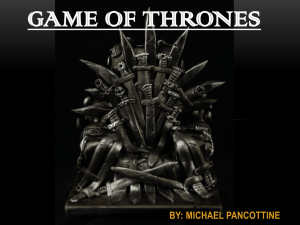

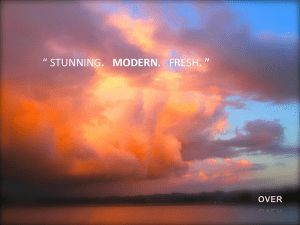
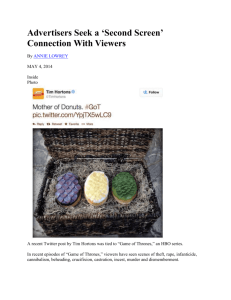
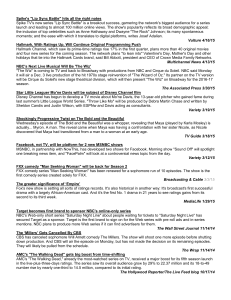

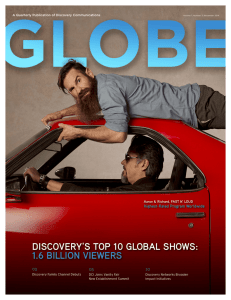

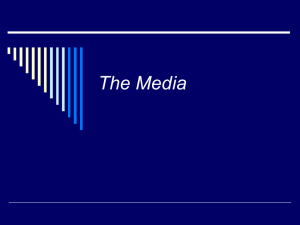
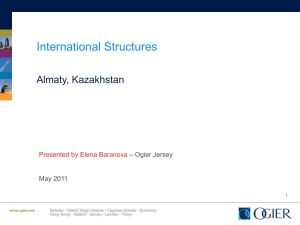
![【我們是你的百姓】 [ We are Your people ] 新歌頌揚377 我們屬於祢都](http://s2.studylib.net/store/data/005298903_1-fa3ea08f8bad91a00d5f15d00abd2df9-300x300.png)
